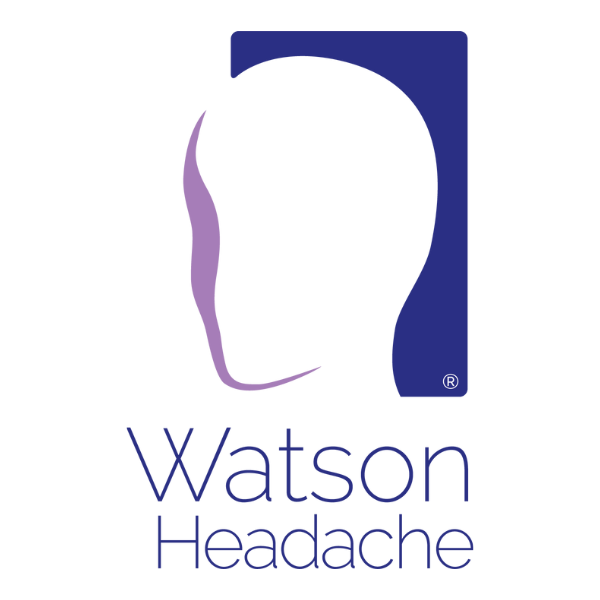“Did I hear you say earlier (Edition 15) that alternating (side-shift) head pain IS a cervicogenic headache (CGH)?” Watson’s colleague reminds Watson. “Yes,” replies Watson with conviction.
“But according to the ICHD-3, CGH is a side-locked unilateral headache!” exclaims Watson’s astonished colleague. “I understand that this diagnostic criterion is the cornerstone of CGH.” “Well… Yes, it appears that way, but I strongly disagree,” Watson continues confidently.
“Why do you disagree, then?”
Evidence-Informed Practice
“Because, over the last 30+ years of treating those with various forms of headache and migraine, I have been able to change the side of unilateral head pain on numerous occasions – particularly in the first 10 years – within a treatment session, following sub-optimal intervention directed at the C2-3 spinal segment. For example, let’s assume a patient with alternating head pain presents with a right-sided headache; after treating the C2-3 segment specifically, they sit up only to report, ‘Oh, it’s now on the other side.’ Therefore, alternating unilateral head pain is a musculoskeletal event confirming CGH.”
“That’s incredulous!” exclaims Watson’s colleague. “Are you aware that over 80% of migraine and around 30% of cluster headache alternate?” “Yes,’ Watson replies. “If a patient presents with unilateral head pain, it is mandatory to ascertain if they ever experience it exclusively on the other side; if they do, this confirms CGH.”
The Sceptic
“That’s interesting; what do you think is causing this?” enquires Watson’s sceptical colleague. “Do you want the short answer or the long answer?” Watson replies mischievously. Hoping for an informative short answer, Watson’s colleague replies in the affirmative.
“Well, the short answer is, ‘I don’t know’, but neither does the medical model; the lack of response is conspicuous.”
“This is a vexed issue,” states Watson’s colleague. “Yes,” agrees Watson. “Understanding and recognising this behaviour is critical, but does require a momentous paradigm shift – a shift that the medical model is unlikely to embrace.”
In recognising Watson’s conviction, Watson’s colleague challenges Watson for an explanation.
The Hypothesis
“Alternating unilateral head pain mimics alternating low back pain behaviour,” explains Watson. “With left side low back pain, the trunk shifts contralaterally – what is termed in manual therapy circles as a lumbar list. I am suspicious that alternating unilateral head pain is the C2-3 equivalent of a lumbar list. Whilst clearly, a noticeable list is absent, what is seen is a predictable rotation of the second vertebra.”
“Why do you say C2-3,” enquires Watson’s colleague.
“There is widespread agreement, which is supported by credible research (1), that alternating low back pain results from a disc bulge. I am inclined to think that a similar but subtle disturbance occurs at C2-3.”
The Challenge
“Ah! I have two issues with this,” comes an increasingly challenging reply from Watson’s colleague. “You cannot extrapolate what happens in lumbar discs to cervical discs because cervical discs are structured differently. Furthermore, the nucleus pulposus is significantly less viscous, almost indistinguishable from the annulus.”
Watson returns assuredly, “Yes, I am aware of the seminal research (2) demonstrating that the anatomy of cervical discs differs from lumbar discs, but it does so in such a way as to support my perspective. Furthermore, contemporary research, particularly concerning the C2-3 disc debunks this notion of deficient pulposus viscosity.”
Seeing that his colleague is starting to feel uneasy at the rattling of his beliefs, Watson decides to defer elaborating.
References:
- Suk KS, Lee HM, Moon SH, Kim NH. Lumbosacral scoliotic list by lumbar disc herniation. Spine (Phila Pa 1976). 2001;26(6):667-71.
- Mercer S, Bogduk N. The ligaments and annulus fibrosus of human adult cervical intervertebral discs. Spine (Phila Pa 1976). 1999;24(7):619-26; discussion 27-8.

